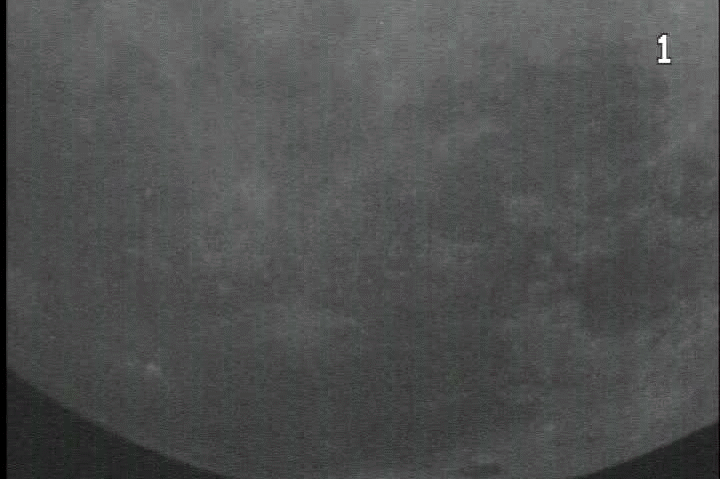For the second time in 6 months, astronomers at NASA’s Marshall Space Flight Center in Huntsville, Alabama, captured video of a crater being born on the Moon.
Cooke says the impacting object was probably a sporadic meteoroid as much as 1 foot (32 centimeters) wide and weighing up to 40 pounds (15.5 kilograms). Cooke thinks the object struck the Moon as fast as 121,000 mph (194,000 km/h). The fast-moving rock’s impact created an explosion equivalent to 4 tons of TNT and gouged out a new lunar crater at least 40 feet (13.5 meters) across.
Last November, using the same equipment, the Marshall team detected a flash from a piece of the Taurid stream, a trail of particles from Comet Encke. This stream creates the Taurid meteor shower when Earth passes through it each year. The May impact occurred during the run-up to the Eta Aquarid meteor shower, which is caused by debris shed by Halley’s Comet.
Cooke says it’s easier to estimate a meteoroid’s size if the object is related to a meteor shower. “Since shower meteoroids all have the same speed, we can then get a single estimate of size.” But a sporadic meteoroid can have any speed from 4,500 mph [72,000 km/h] all the way up to 158,000 mph [254,000 km/h]. “All we can do is to put upper and lower limits on the size, as we don’t know the speed with which [the recorded meteor] hit the Moon.”
Although scientists know objects strike the lunar surface every day, video records of the impacts have been available only since 1999. “Back in the ’60s, several unsuccessful attempts were made — using the best technology of the time — to detect lunar impact flashes,” Cooke says. “Nowadays, amateurs with about $1,500 worth of equipment can do so, provided they are willing to look on a regular basis.”
“We want to know how many of these small impacts occur on the Moon before we send astronauts there again,” Cooke says. On the Moon, such impacts are energetic enough to send rock fragments quite a distance from the crater, and NASA wants to know how big a problem this ejecta could be.










